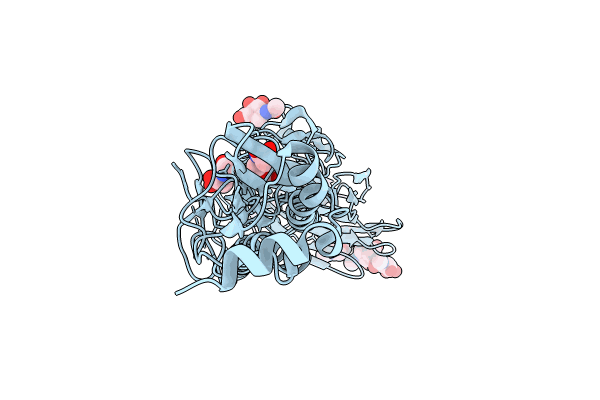
Deposition Date
2022-11-28
Release Date
2024-06-19
Last Version Date
2024-10-16
Entry Detail
PDB ID:
8FAQ
Keywords:
Title:
Structure of Hemagglutinin from Influenza A/Victoria/22/2020
Biological Source:
Source Organism:
Influenza A virus (Taxon ID: 11320)
Host Organism:
Method Details:
Experimental Method:
Resolution:
2.04 Å
R-Value Free:
0.22
R-Value Work:
0.20
Space Group:
H 3 2


